Commuting 101
COMMUTING 101
This page is made specifically to help you get a sense of how to commute or get to the most popular places in Tokyo!
Things you should know when using Public Transportation (trains) in Japan
You will need to purchase either a ticket (kippu), or a rechargeable IC card (PASMO or SUICA).
We highly recommend using the IC card. Once you have the card, all you have to do is to charge money, and tap it as you pass the gate and it will automatically subtract the money. You can also use this card for buses and as cashless payments at some stores as well.
Rush hours during weekdays can be very crowded.
Some trains will be too packed that you cannot get on it. But do not worry, the next train will come in 2 to 3 minutes. However, the next train will likely be as packed, so you need to be ready to squeeze in.
Different types of trains: Local, Express, Rapid and Commuters Express
There are so many lines and so many different ways to get your destination. Depending on the time and day, the navigation app may show you a different route. This is because there are different types of trains. Some trains may be connected to a different line, some may have the last stop half way through the line and so on. Trains are usually separated into local, express, rapid, and commuters express.
Local train stops on every station
Express skips a few
Rapid and Commuters Express skip most stations to get to the popular stations faster.
Therefore, you need to be careful which train you need to get on, and once you miss it, you may have to pass one or two trains before the right train comes. The last train comes around 1 am, and the first train comes around 5 am. There are no trains in between those times.
Shibuya


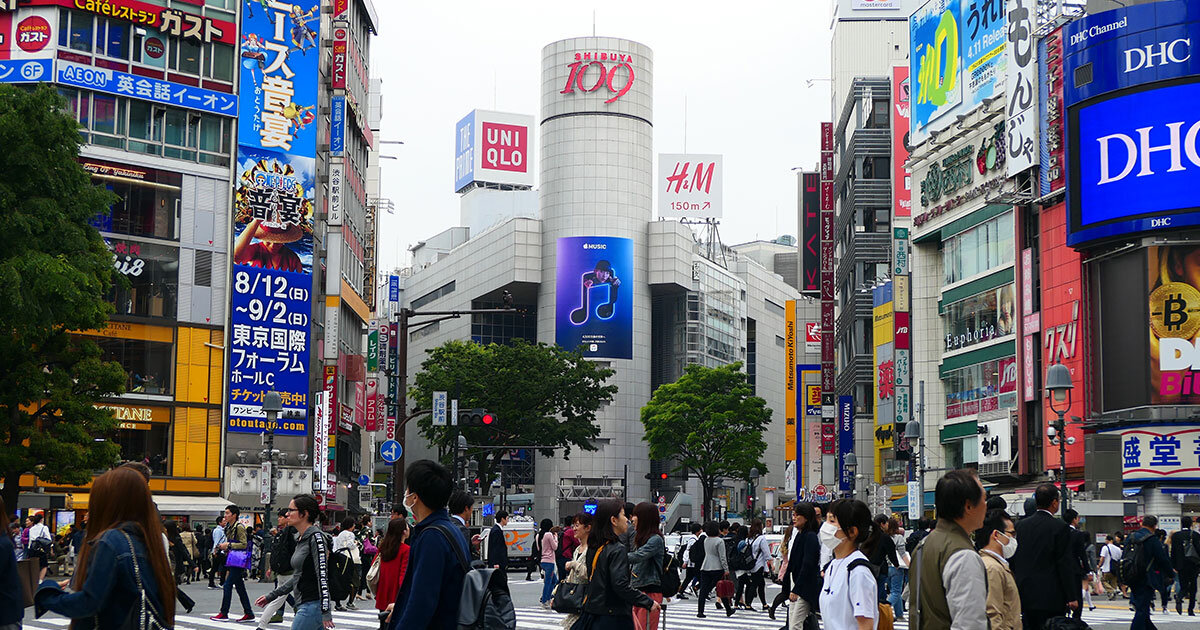
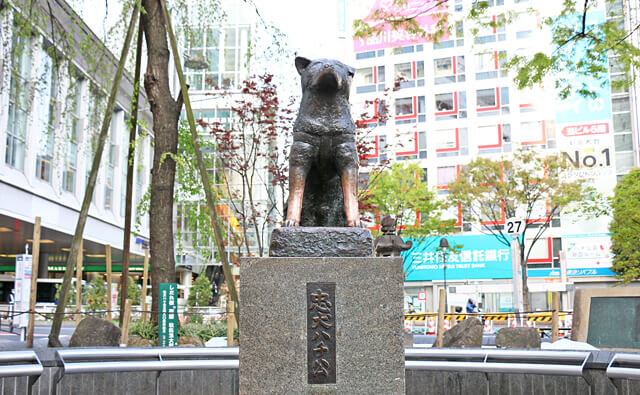
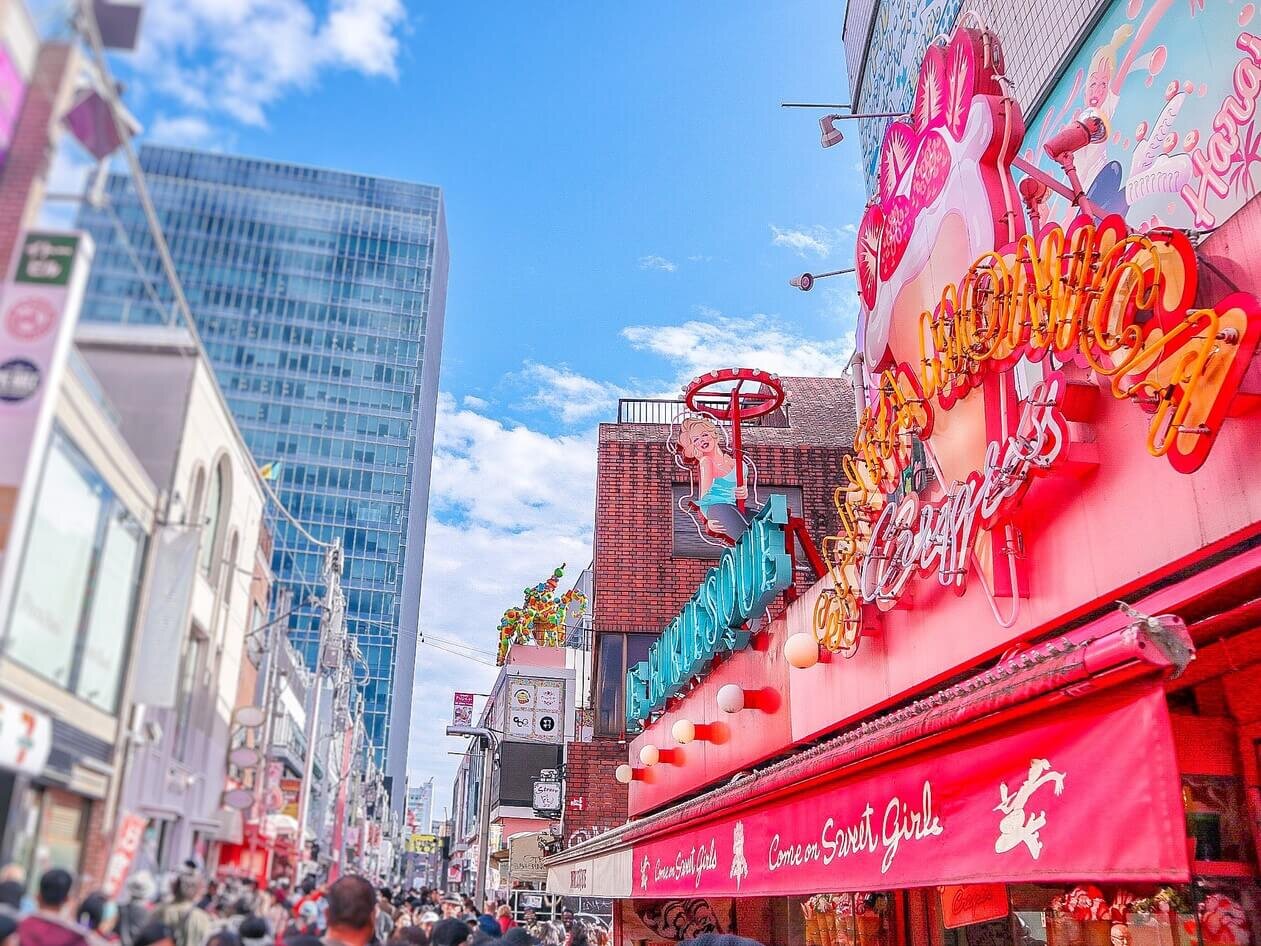
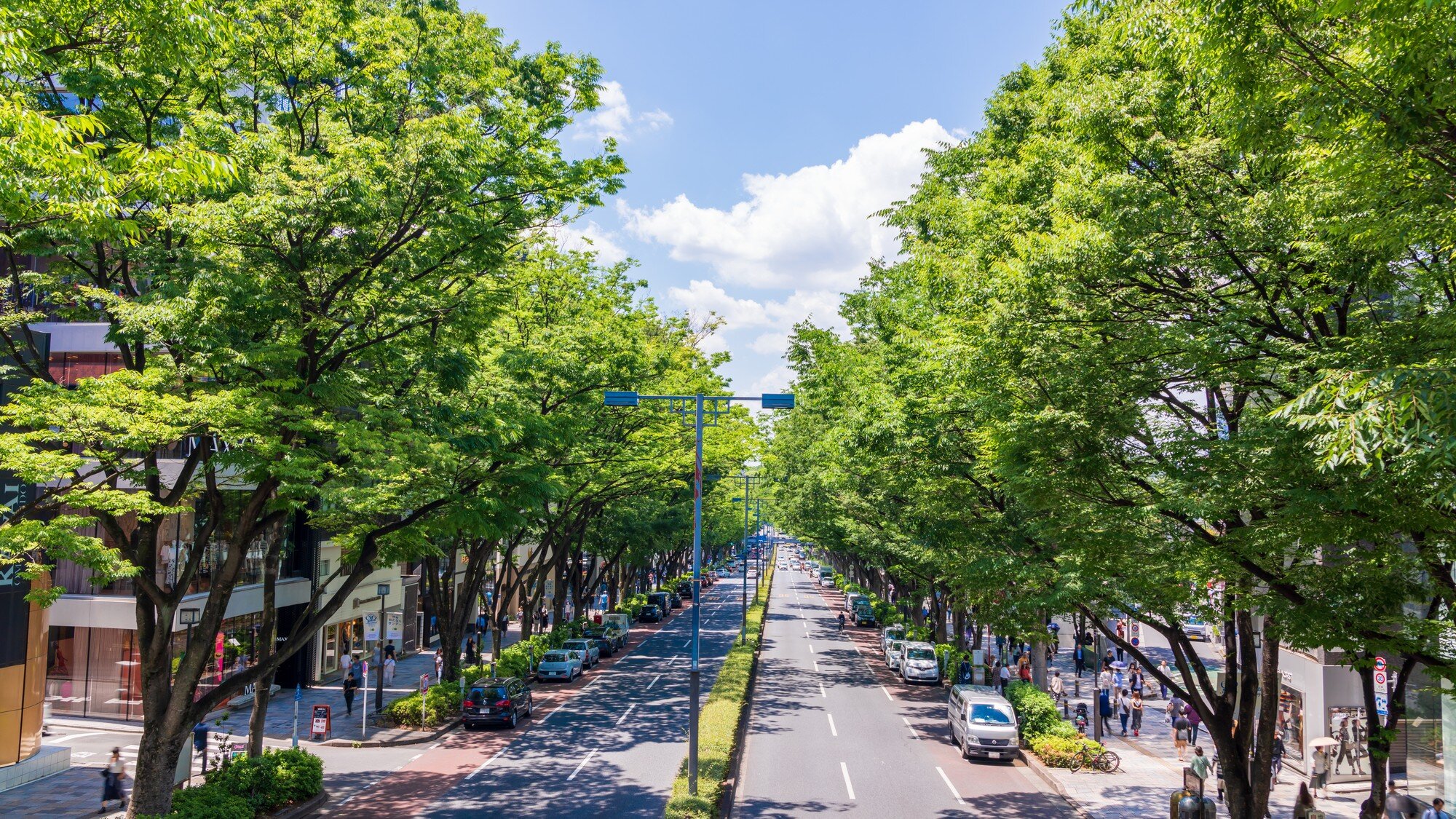
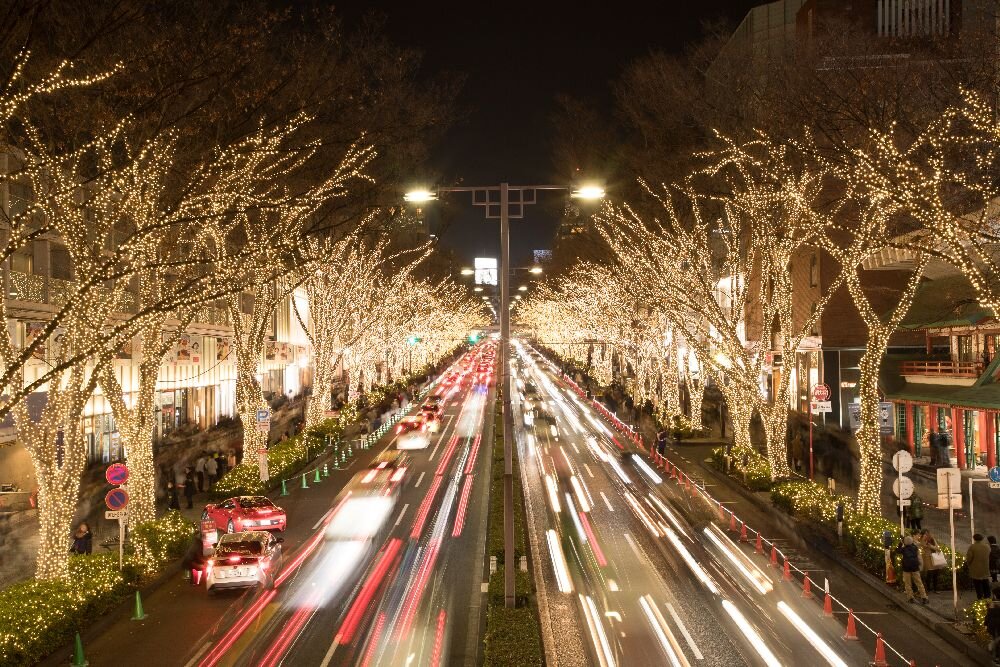
Shibuya is a commercial and business centre, mostly popular among the youngsters. It is one of the busiest stations in Japan, and is well known worldwide for its scramble crossing. You may come here to work, to hang out with friends, or to transit to different lines! You can also walk to Harajuku, where all the Kawaii shops and cafes are packed in one place, and to Omotesando, where you can find luxurious brands and restaurants.
Lines that contain Shibuya station:
JR Yamanote Line
JR Saikyo Line
JR Shonan Shinjuku Line
Tokyo Metro Ginza Line
Tokyo Metro Hanzomon Line
Tokyo Metro Fukutoshin Line
Keio Inokashira Line
Tokyu Toyoko Line
Tokyu Denentoshi Line
“Miyashita Park” Renewal June 18th, 2020!
Shibuya is currently under a big continuous redevelopment project, and has already opened multiple commercial buildings and shopping malls such as “SHIBUYA STREAM” and “SHIBUYA SCRAMBLE”. As the city of young culture, innovation and technology, and new buildings popping up every year, living near Shibuya seems like a smart decision now. Recently, it was released that a park in Shibuya would be renewed to “MIYASHITA PARK” with a shopping mall and a hotel connected to it, and is planned to open on June 18th, 2020.
“MIYASHITA PARK” will be located in the middle of the Shibuya and Harajuku / Omotesando area. The building will have 4 floors, and each floor has its own green and nature that allows the concept of park and shopping mall combined.
The shopping mall will have a total of 90 stores, including 7 stores that will make their first arrival in Japan, and 32 stores that will open in shopping malls for the first time. The line up includes fashion, culture, cafes, restaurants, night entertainment and so on.
The park will be located on the top floor, and there will be an ice rink, bouldering wall, sports facilities, a field, a court, an observatory, and open spaces for events.
The hotel, "Sequence Miyashita Park" will be connected from both Shibuya station and Harajuku station, which will make it very convenient for travellers as well.
Shinjuku
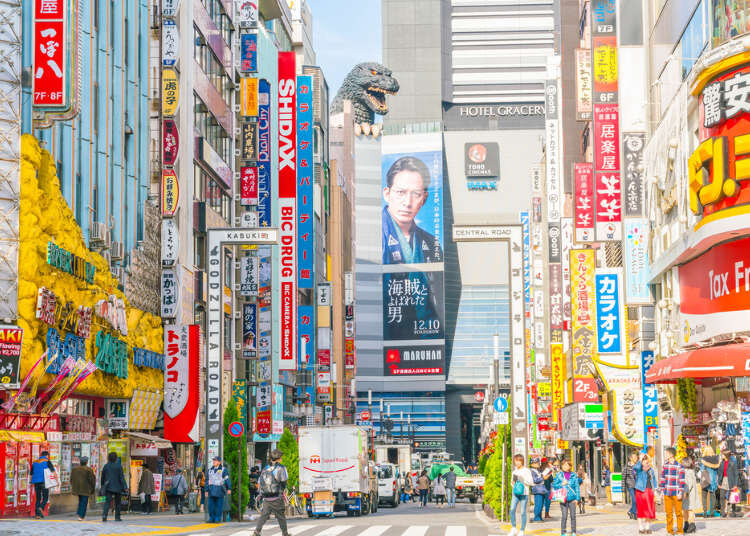
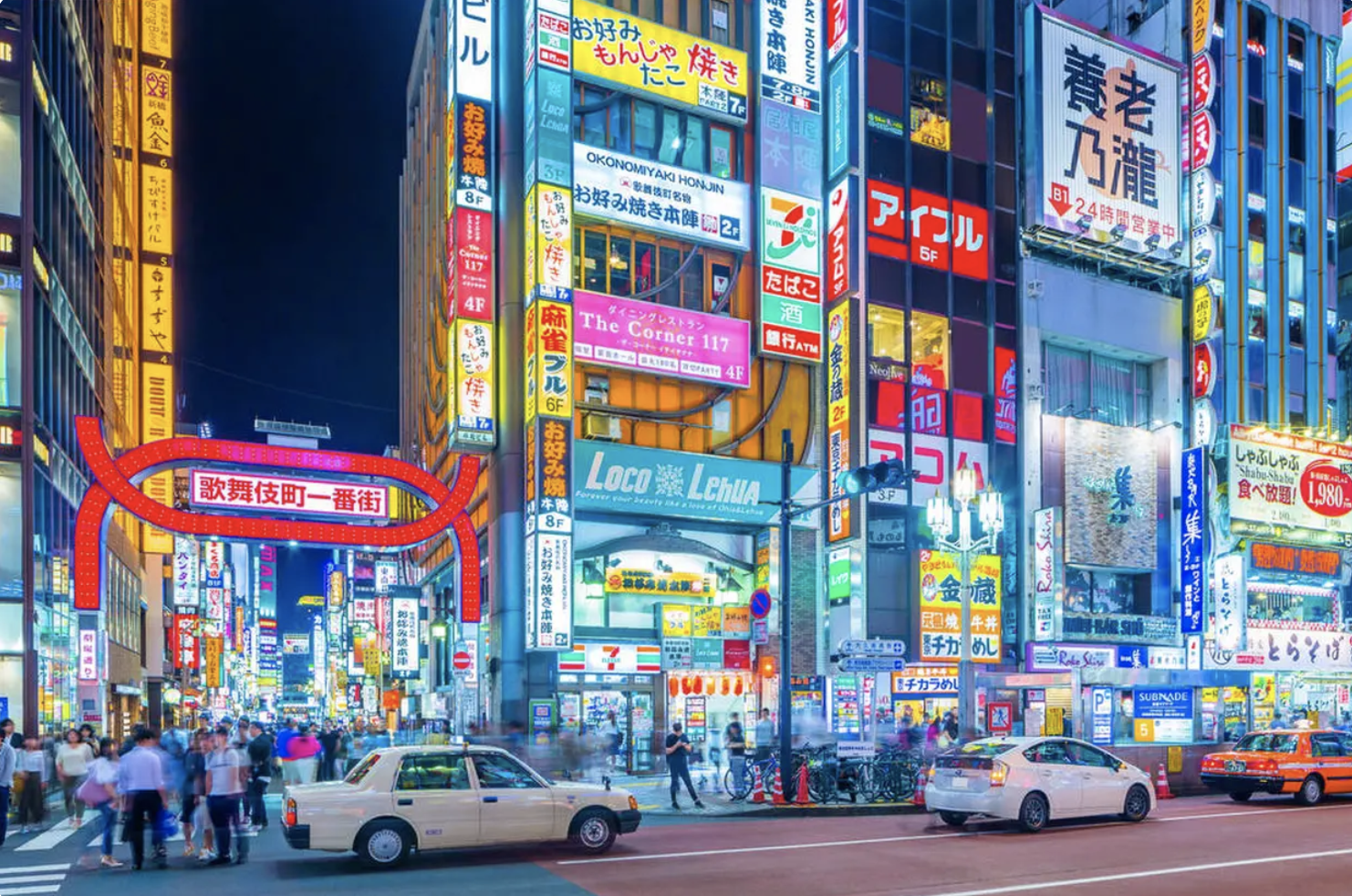
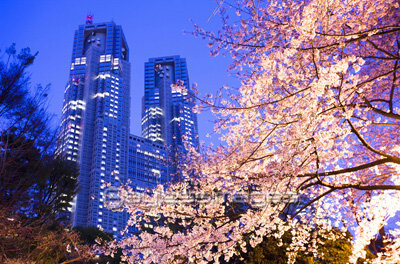
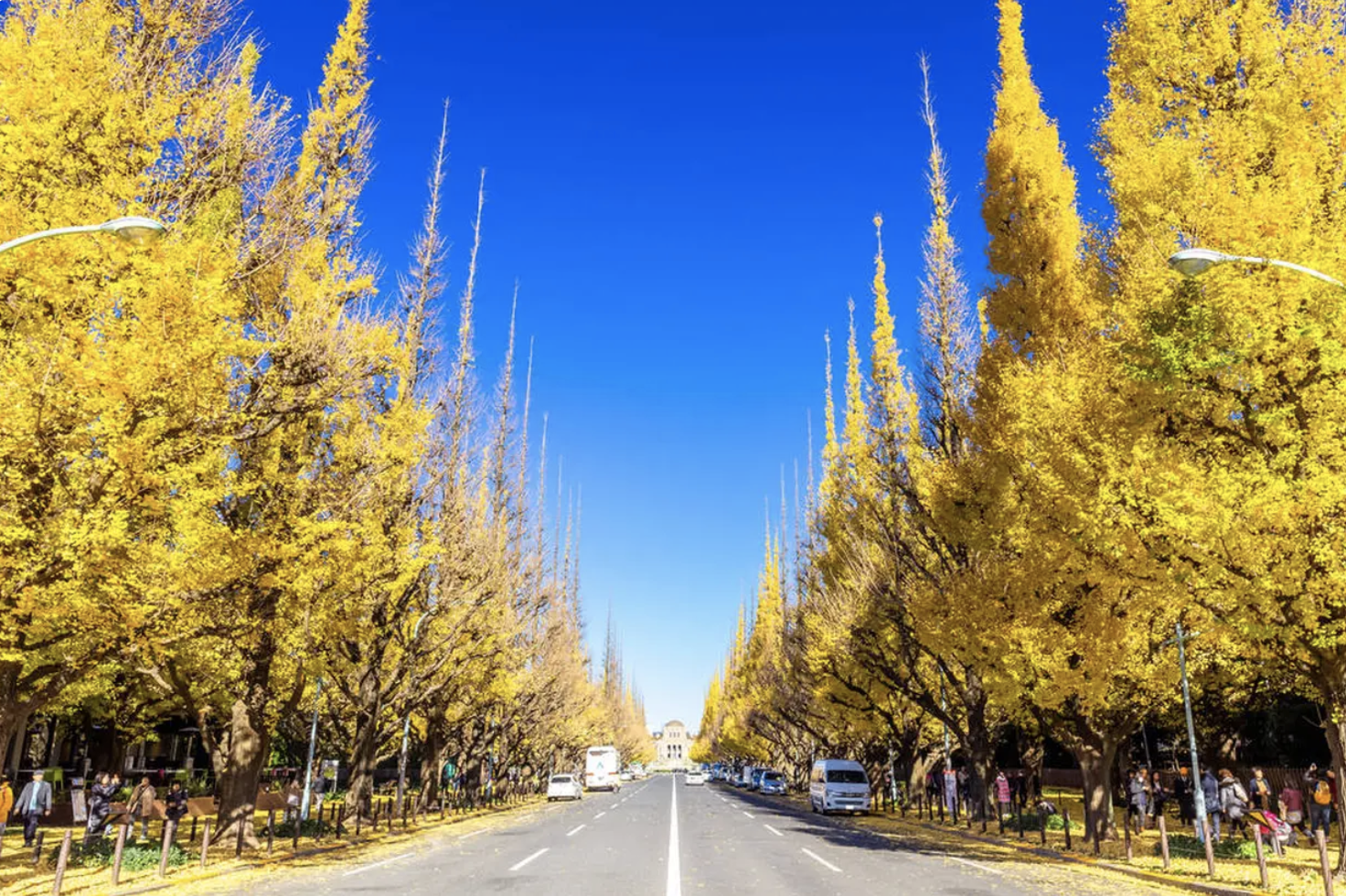
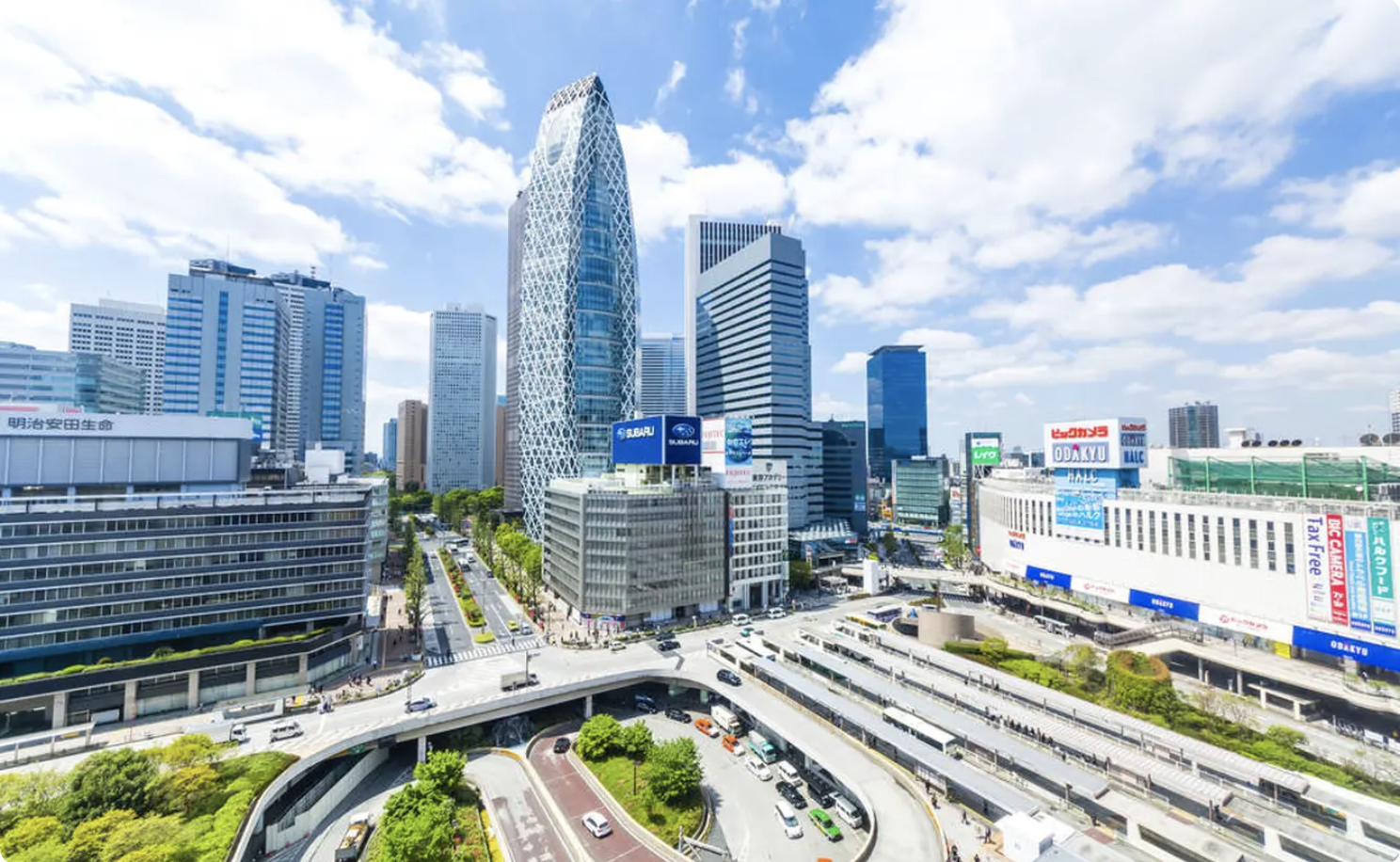
This neon-lit city contains buzzing clubs and karaoke rooms, office areas, as well as upscale hotel bars and restaurants with many Skyscrapers. Shinjuku is also one of the busiest city in Japan, as it also has the biggest bus terminal in Japan that can take you all over Japan!
Lines that contain Shinjuku station:
JR Yamanote Line
JR Saikyo Line
JR Shonan Shinjuku Line
JR Chuo Line
JR Sobu Line
Odakyu Dentetsu Odawara Line
Keio Dentetsu Keio Line
Tokyo Metro Marunouchi Line
Toei Shinjuku Line
Toei Oedo Line
Asakusa
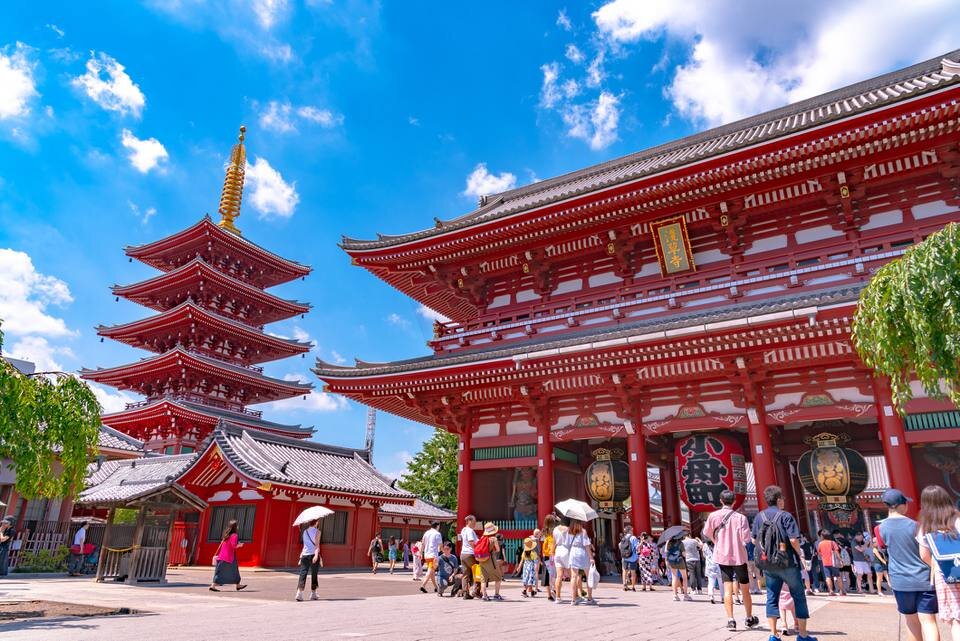
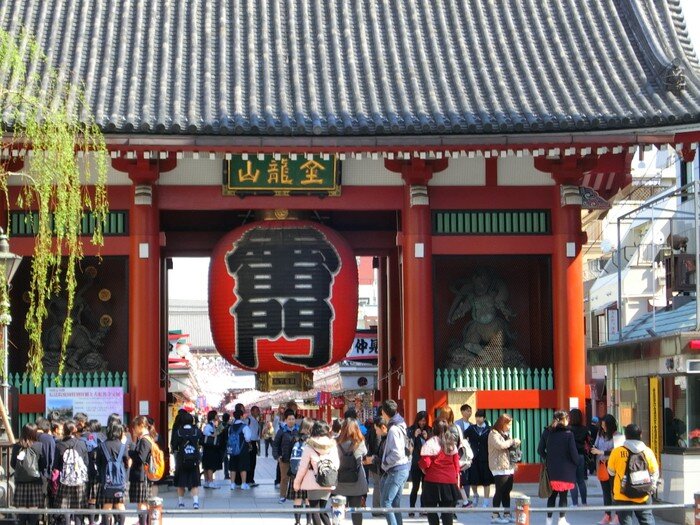
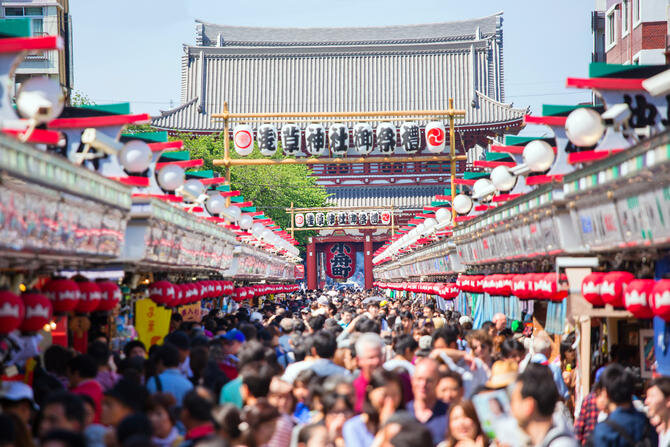
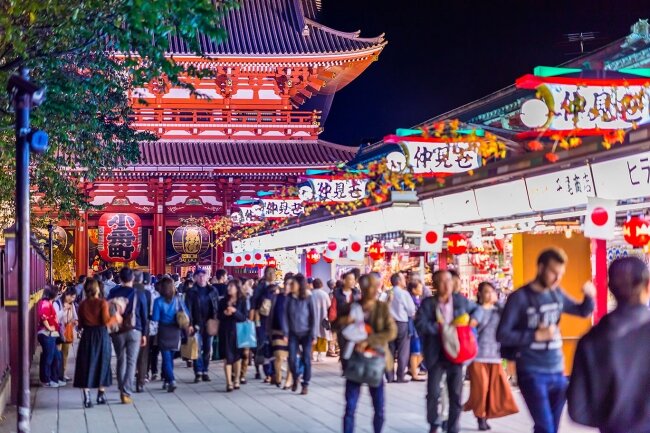
Asakusa has a completely different taste from the industrious and modern Shibuya or Shinjuku, where you can experience ancient Japan in Tokyo, with traditional craft shops and street-food near the ancient Sensoji temple.
Lines that contain Asakusa station:
Tokyo Metro Ginza Line
Tokyo Metro Asakusa Line
Tobu Isesaki Line
Kamakura
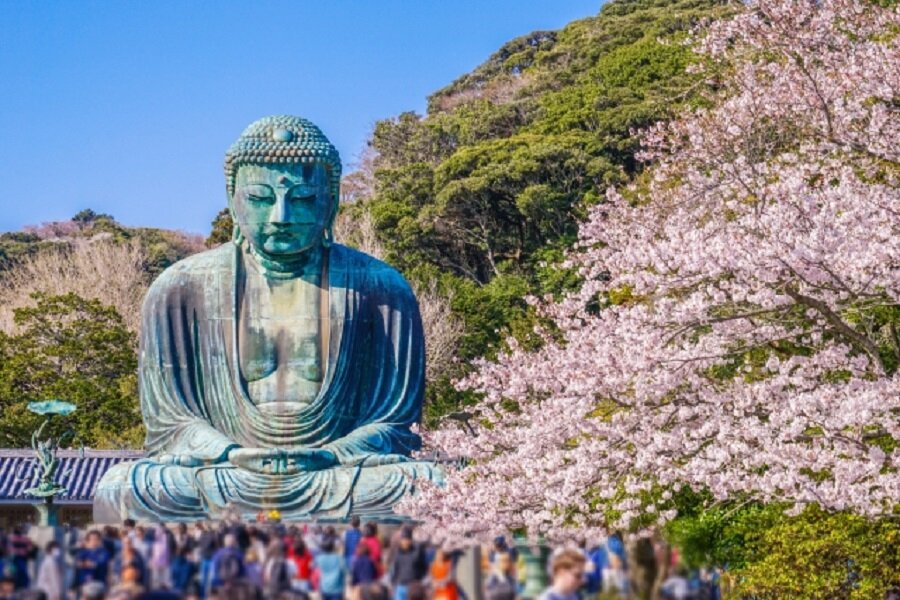

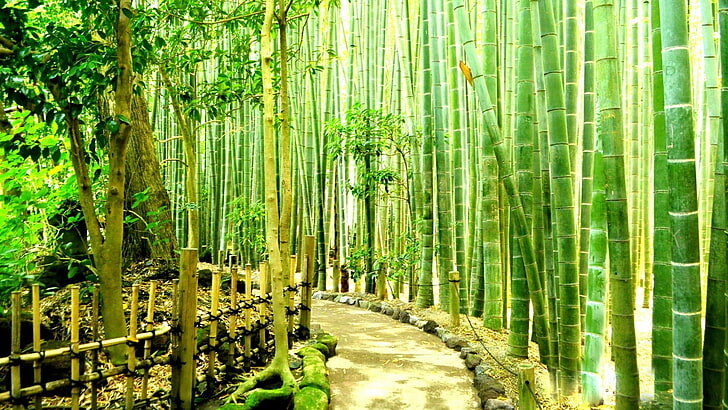
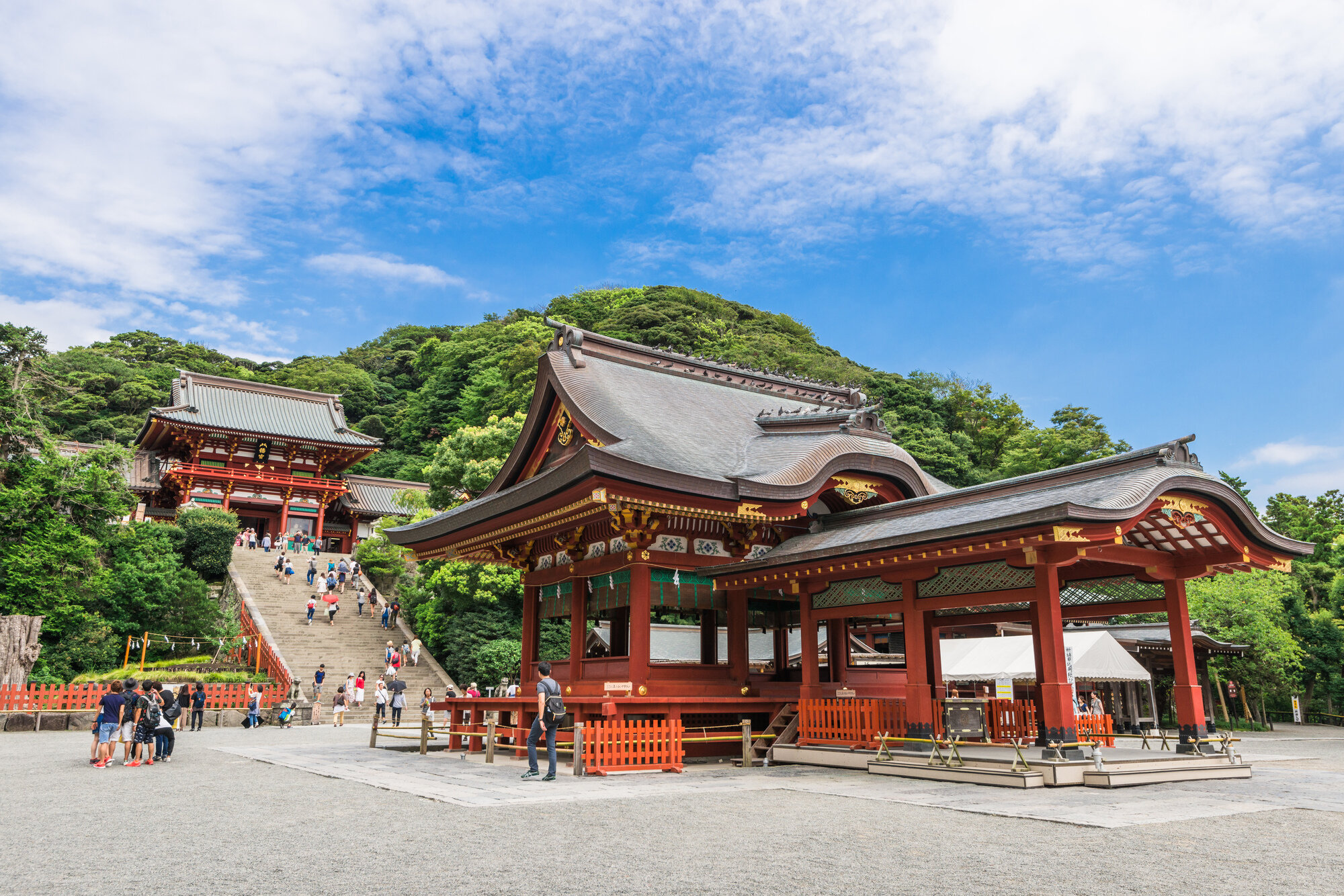
In Kamakura, you can find almost anything. Located just south of Tokyo, it has great beaches, bamboo forests, and dozens of dozens of Buddhist Zen temples and Shinto shrines. You can experience both medieval and modern Japan here. Its most famous landmarks are the Kotoku-in Temple’s Great Buddha, a roughly 13m-high bronze statue still standing after a 15th-century tsunami, and Yuigahama Beach on Sagami Bay is a popular surfing spot.
Lines that contain Kamakura station:
JR Yokosuka Line
JR Shonan Shinjuku Line
Enoshima Dentetsu